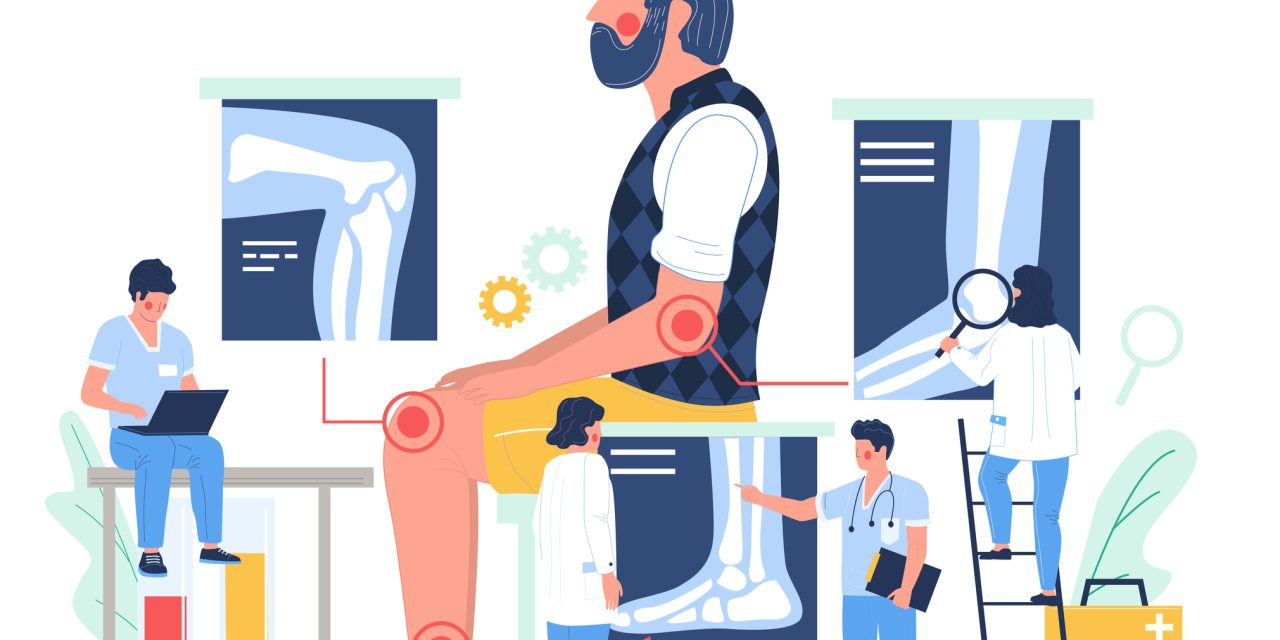The aim of this study was to evaluate the performance of a comprehensive diagnosis program called “Reuma-check” for the diagnosis of axial spondyloarthritis (SpA) in patients with low back pain (LBP).
This is a cross-sectional study. Patients with LBP aged 18 years or older were preselected, and those with at least 1 SpA feature completed the circuit. They were referred after 2 strategies: education for orthopedists and a campaign on social networks. All patients underwent a clinical evaluation, laboratory testing, and imaging (including human leukocyte antigen B27 evaluation and magnetic resonance imaging). The diagnosis of axial SpA was established by an expert rheumatologist opinion. Time from onset of symptoms to “Reuma-check,” time from patient referral to admission of the checkup, and time from “Reuma-check” to diagnosis were evaluated.
A total of 175 of 246 patients were included, most of them came from the social media campaign (55%). Seventy-five (43%) of 175 patients were diagnosed as axial SpA. The median time from referral (or self-referral) to access to the program was 1.3 months. The median time from symptoms onset to access to the program was 31.7 months, and the median time from the performance of “Reuma-check” to final diagnosis was 2 weeks. Features associated with a diagnosis of axial SpA were as follows: inflammatory LBP (odds ratio [OR], 6.64; 95% confidence interval [CI], 1.6-28), clinical enthesopathy (OR, 4.56; 95% CI, 1.1-18.4), positive human leukocyte antigen B27 (OR, 23.02; 95% CI, 3.5-58), and positive magnetic resonance imaging (OR, 14.34; 95% CI, 3.5-58).
“Reuma-check” allowed a high frequency of axial SpA diagnosis and improved access to rapid diagnosis, shortening the time from referral to diagnosis with a shorter acquisition time for the ancillary studies. Patients with a final diagnosis of axial SpA presented distinctive features.
“Reuma-Check”: Performance of a Comprehensive Fast-Track Program for the Diagnosis of Axial Spondyloarthritis in South America.


